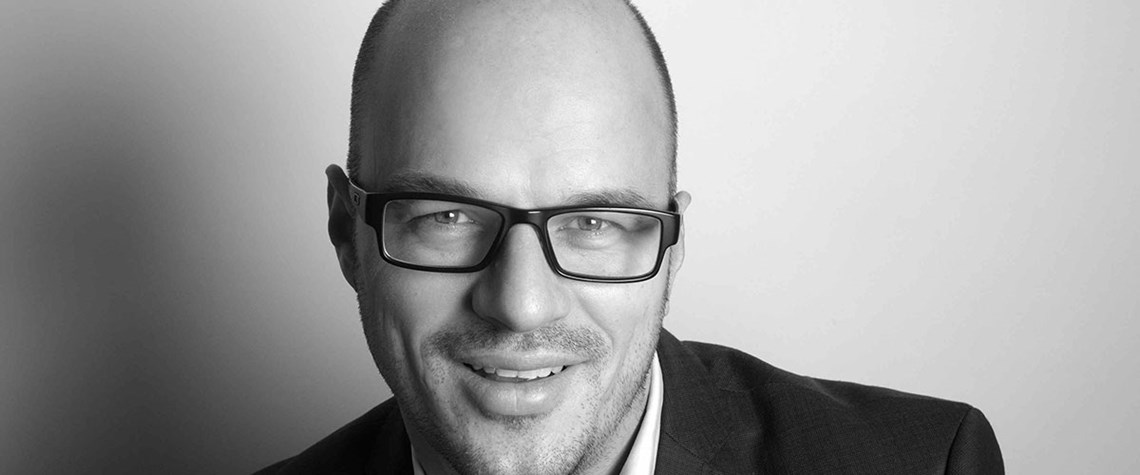Juergen Peterseim guides industrial companies on the development of their emissions reduction and energy transition strategies, with a particular focus on hydrogen technologies, for which he is the global industry lead within PwC’s Sustainability Services team.
A trained engineer, he joined PwC in 2019 following a 15-year career in the engineering sector, gaining hands-on experience in technology from renewable energy power plants to the offshore oil and gas and refining sectors. His career took him from Europe to Australia, where he took a PhD in sustainability and worked as an adjunct professor at the University of Technology Sydney, developing sustainable solutions for industrial-scale electricity, heating and cooling.
Peterseim, who is based in Berlin, spoke recently with Transition Economist about the challenges and opportunities facing PwC clients in industries such as steel and cement as they turn to new transition technologies to achieve their ambitious emission reductions targets.
What is the outlook for hydrogen’s role in industrial sectors like steel?
Peterseim: We see hydrogen as a significant growth market and we are working on quite a few projects. Ten years ago, industrial companies would not have opened the door to a discussion on hydrogen. It is different today. If you look at the large steel companies, many have hydrogen pilot projects in place. Steel companies committed to reducing CO2 emissions to net zero by 2050 or sooner have to do something now. They are already starting to implement and test hydrogen pilot projects.
At the moment 99.5pc of hydrogen is grey hydrogen, which costs between €1-2/kg ($1.2-2.4/kg) to produce and is significantly lower-cost than blue or green hydrogen, which currently costs €3.5-7.0/kg. Hydrogen production is an energy-intensive process. Even if you use natural gas, you produce about 10kg of CO2 per kg of hydrogen, and that is the least carbon-intensive way of doing it with fossil fuels. Depending on the carbon price, there could be cost parity between grey, blue and green hydrogen by 2030-35. In 2050, I would expect low-carbon hydrogen to be produced at a cost of €1/kg.
How big a challenge is the infrastructure for hydrogen?
Peterseim: Looking at central Europe, if you want to decarbonise transport and chemicals, for example, we need huge quantities of hydrogen. Considering the limited renewable energy potential you need to import most of it. If we do not put the infrastructure in place to import hydrogen, then we cannot achieve the Paris Agreement carbon emission reduction targets.
Putting infrastructure in place takes 7-12 years—these are large projects, like pipelines and liquefied gas handling terminals. If you calculate back, we cannot actually afford to wait another day. We need to develop the infrastructure to make sure that, by the time we have industry ready to use hydrogen at large scale, then we can import it.
Until then, you have to produce it locally, so we will see smaller projects, local communities setting up 10-15 MW electrolysers and industrial clusters or large ports with access to offshore wind building 100-500MW facilities.
So in the different industrial sectors we will see a sort of niche product developing and then growing. And then in an ideal world, the infrastructure would develop by 2030-35, so when demand is sufficiently large we have the infrastructure in place to import the hydrogen.
We are starting to see carbon capture and storage deployed in the cement sector in Europe, is that going to be a wider trend in the industrial sector?
Peterseim: Cement is a bit of a different beast because the emissions come from the energy and feedstock. Only about one-third of the emissions are from energy, so you replace that with renewable fuels, such as green gas or biomass. But two-thirds of the emissions come from the calcination process. And that means for cement, you actually have no option but to use carbon-capture because of the feedstock emissions. The process produces emissions, no matter what fuel. In steel production, you need coking coal for the temperature and the metallurgical reacting agent. You get both by using hydrogen. For steel, you either go down the hydrogen route or the carbon-capture route. Looking at the current project landscape, it looks as if most steel companies go down the hydrogen route.
Where do you stand on carbon on pricing?
Peterseim: What I think would be best is if you have one coherent carbon price, then that puts everybody on a level playing field. Then everybody can make long-term plans and say this option is going to be more competitive than the other option for me. And then they will act. So that will be the most transparent way for everybody. Unfortunately, at a global level currently that only works in theory—but a coherent, clear carbon price would be the best way to steer decarbonisation.
How achievable are the Paris climate goals?
Peterseim: This decade is really crucial. If we do not get our act together this decade, it is really too late to achieve the Paris goals. With the current greenhouse gas emission trajectory, meeting the 1.5°C target is already a huge challenge. There is not much time left at all. If we do not act strongly in the next five or ten years, it really is too late to achieve the Paris climate targets because the pathway to reductions is becoming too steep, and the longer you wait the steeper it becomes.









Comments